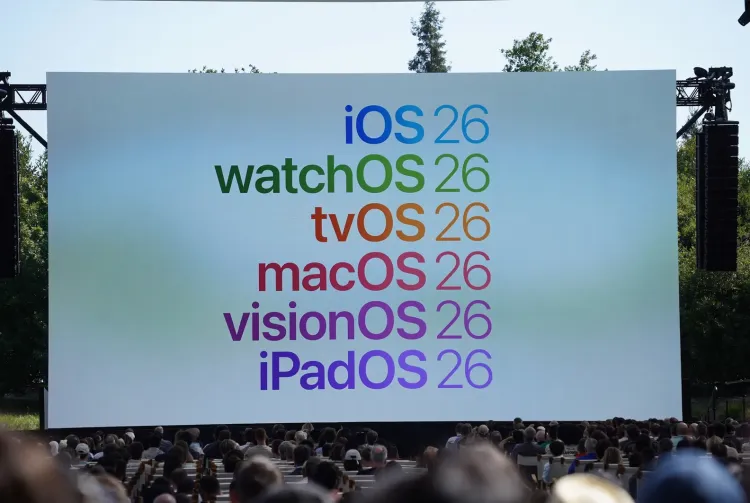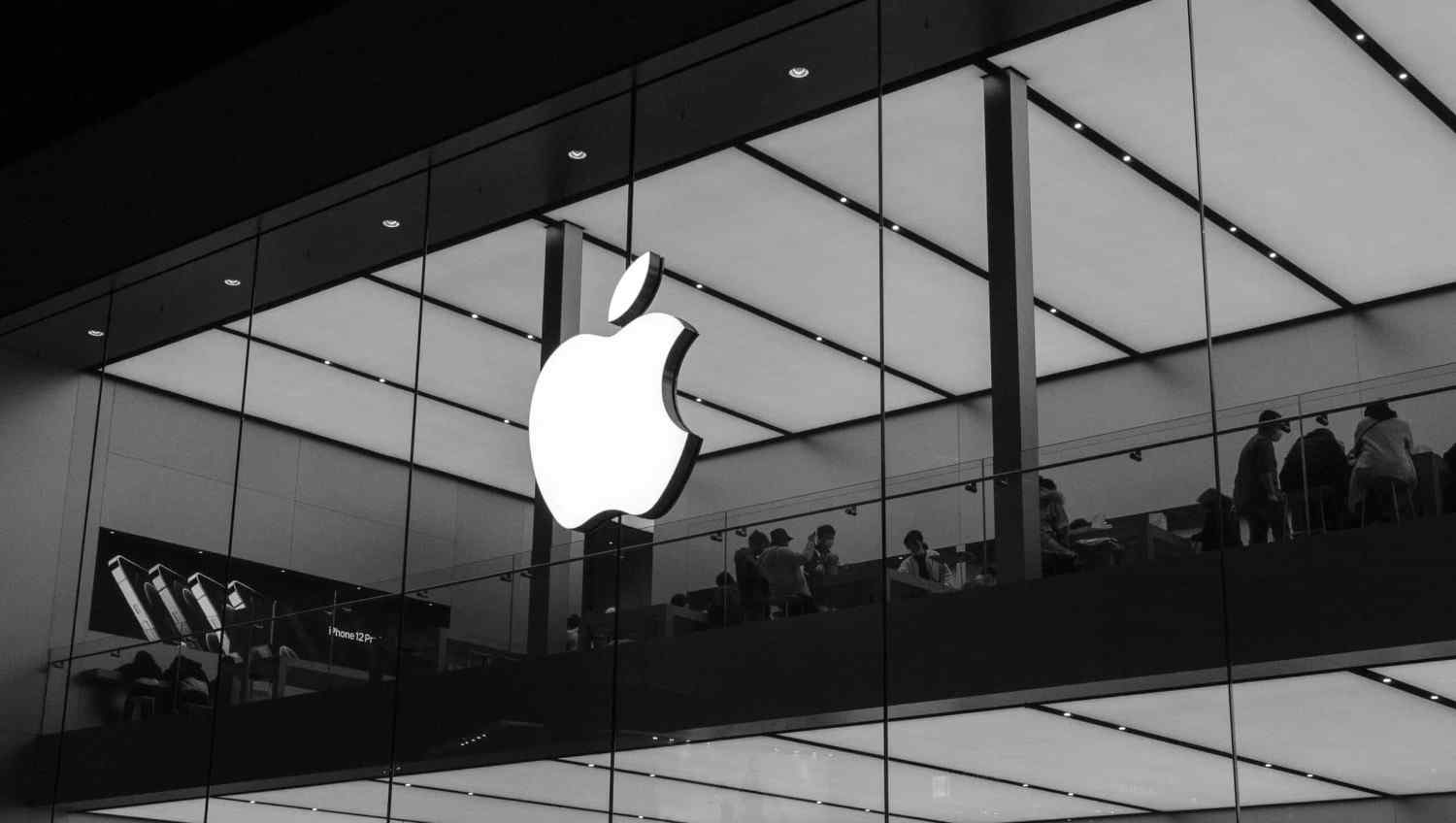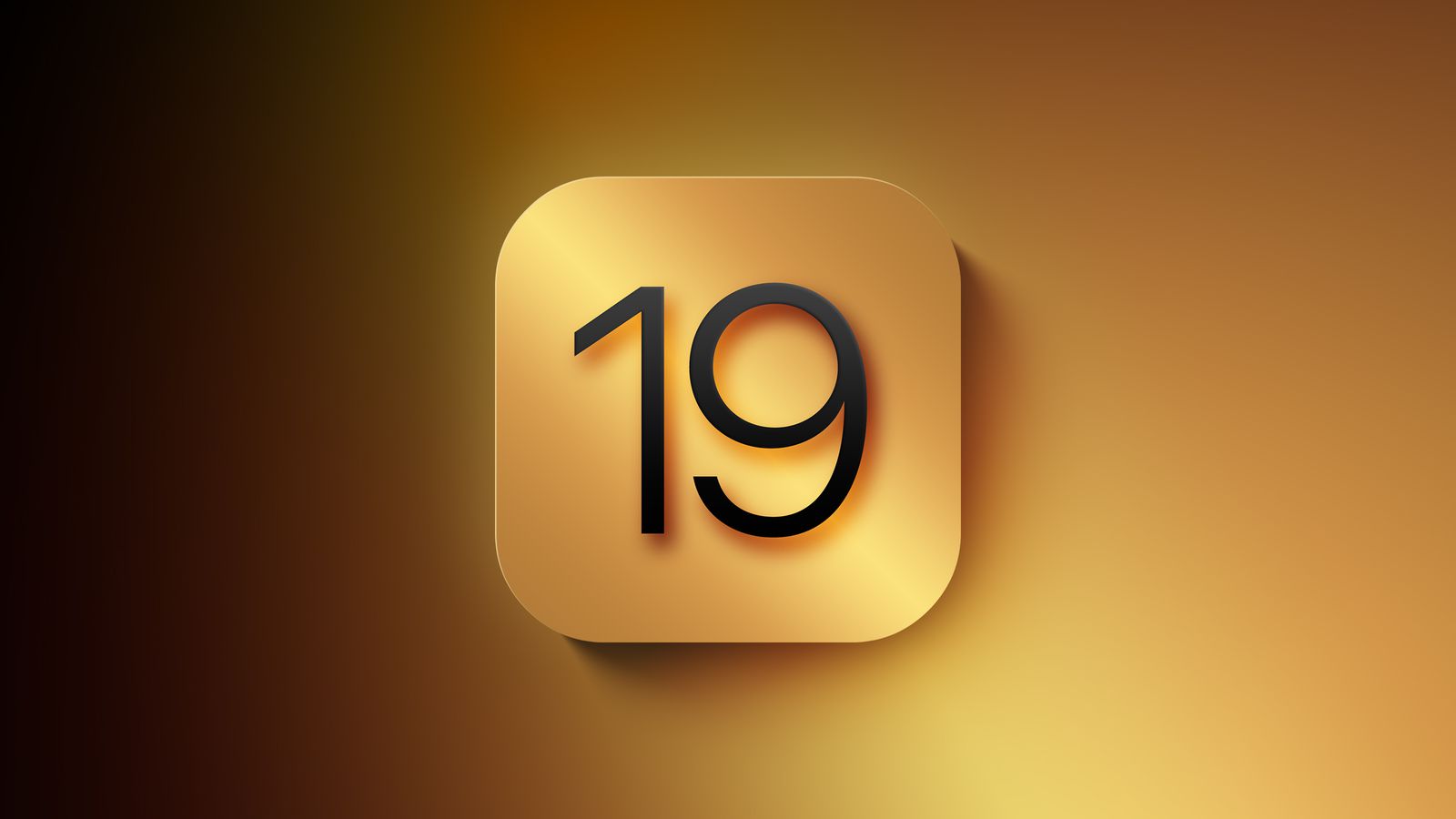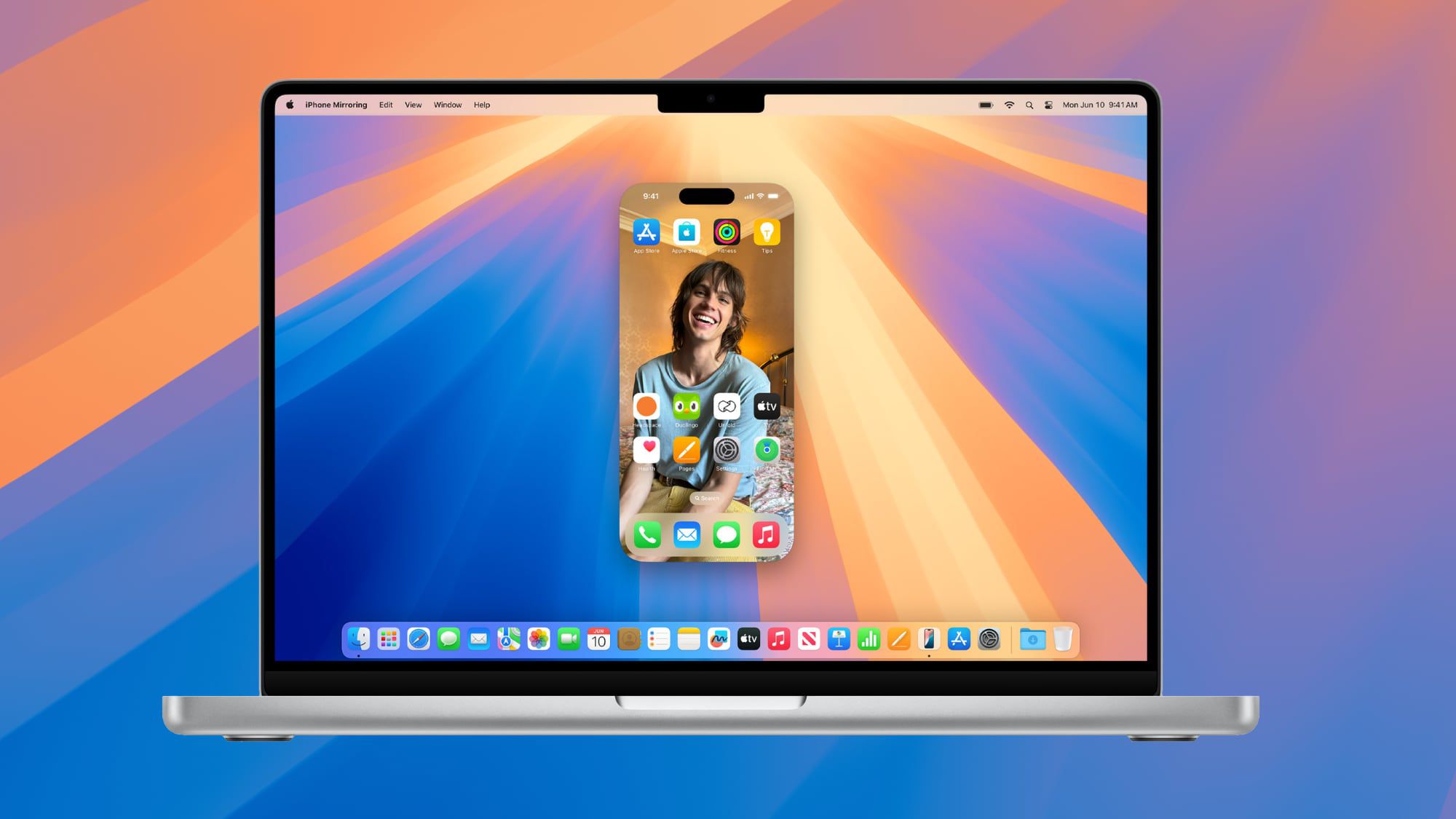Apple just kicked off WWDC 2025 with exciting news about its latest software updates: iOS 26, iPadOS 26, macOS Tahoe 26, watchOS 26, tvOS 26, and visionOS 26. These updates bring a fresh look and cool new features to Apple devices, and developers can try the first beta versions now.
The updates introduce a sleek “Liquid Glass” design, with see-through menus and glossy buttons, inspired by visionOS. This makes navigating your iPhone, iPad, Mac, Apple Watch, Apple TV, or Vision Pro feel smoother and more connected across devices. Apple also changed its naming system, using “26” to mark the 2025-2026 release season, like how car models are named.
For iPadOS 26, multitasking gets a big upgrade, acting more like a Mac with better window controls. iOS 26 adds fun tweaks to the Messages app, like polls and custom backgrounds. macOS Tahoe 26 offers a new Phone app and smarter search tools. watchOS 26 brings the Notes app to your wrist, while tvOS 26 improves Apple Music Sing. visionOS 26 enhances the Vision Pro experience with sharper visuals.
These beta versions are for developers to test, but public betas will arrive in July, with the full release in September. Be cautious with betas, as they may have bugs. Stay tuned for more details as Apple refines these updates!





